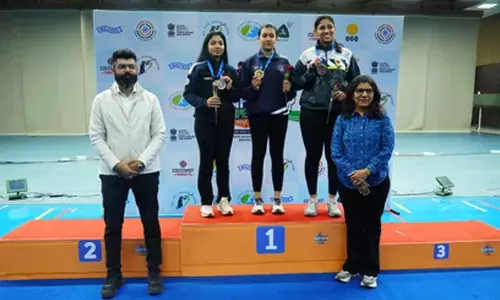A walk to remember

A walk to remember.During my recent visit to Iran I had the opportunity to visit an astounding Zoroastrian village called Abyaneh in the central district of Natanz county, Isphan province.
A peep into the history of Abyaneh, a small Zorastrian village in Iran
During my recent visit to Iran I had the opportunity to visit an astounding Zoroastrian village called Abyaneh in the central district of Natanz county, Isphan province. Zoroastrians in Iran have had a long history and is the oldest religious community of Iran that has survive to the present-day. This village is known for its traditional feasts and ceremonies. The history of this place dates back to the Sassanid dynasty which ruled Persia for 400 years until the Arab invasion in 651 AD. The village has scant population of 306.

As I walked down the village I noticed narrow and sloped lanes with houses located on the slopes. The houses seemed like they were placed on a stairway. The roof of some homes played a role of courtyard for other houses. The walls of the buildings are made of clay appear rusty red color due to the rich soil of ferrous oxide. The windows and doors are made of wood and every door has two door knockers – one for men which is heavier and makes a strong sound and the other one for women which makes lighter sound so it can be identified if the visitor is a man or a woman.

The source of water in Abyaneh is from the River of Barzrud. The climate is mostly cold. It has prolonged spring season creating suitable conditions for agriculture. The main agricultural products grown in Abyaneh are wheat, barley, potatoes and fruits such as apples, pears and apricots. Of late, carpet weaving has also become popular in the village.The natives of Abyaneh are believed to be highly educated. Most of them are engineers and doctors who work in cities like Kashan and Tehran. The language spoken there is Parthain Pahlavi, a different dialect of Farsi.

I was fascinated to see men and women still wearing traditional costume despite pressure from the government to change. Contrary to the other parts of Iran where the ladies don black chador, the ladies in Abyaneh wear costume which consists of a white scarf with floral design that cover their shoulder extending to the waist and waist downward they wear pleated skirt/pant. The women here are emotionally much attached to their wedding gown inherited from mother to daughter and in turn are expected to pass it on to their daughters. Men wear a felt hat, a long garment called ‘Ghaba’, a pair of loose pants and a pair of special shoes called ‘Giveh’I happened to notice a Zoroastrian Fire Temple in the village dating back to the Sassanid period.One of the mosques has an inscription on its door which specifies that it dates back to the early Safavid period (approximately from 1501 to 1722).
The original Fire Temple that has preserved the flame burning continuously since 470 CE is however, located in Yazd the capital of Yazd Province located in central Iran and consists of largest community of Zoroastrians. Yazd is very sacred place for Zoroastrians because the temple is located here. Once in life time, a visit to this place is considered very privileged and fortunate. I am not a Zoroastrian but I was equally excited on stepping foot on this land of Ateshkadeh Fire Temple.UNESCO has proposed Abyaneh to be included in the list of UNESCO’s World Heritage site. However, as per some reports, there is a proposed hotel construction in the pipeline and therefore this status seems to be at risk.Abyaneh is located about 327 kms from Tehran and can be reached by road via Kashan.
Visa details: Visa can be obtained from the consulate of Iran located opposite the second gate of GVK Mall in Banjara Hills. You need to submit two passport size photographs and a blood test report of HIV and Hepatitis B.Most important carry few scarves which is very essential. The minute you step out of the house, you have to cover your head.As far as safety is concerned, it is 100 per cent safe. Whether it is the crowded bazar or a mall, you will never experience any eve-teasing. People are very timid and courteous.The currency of Iran is Toman but at some time it was also called Riyal. One dollar is Toman 3,000 which is equivalent to about Rs 60.
By Mira Pawar














